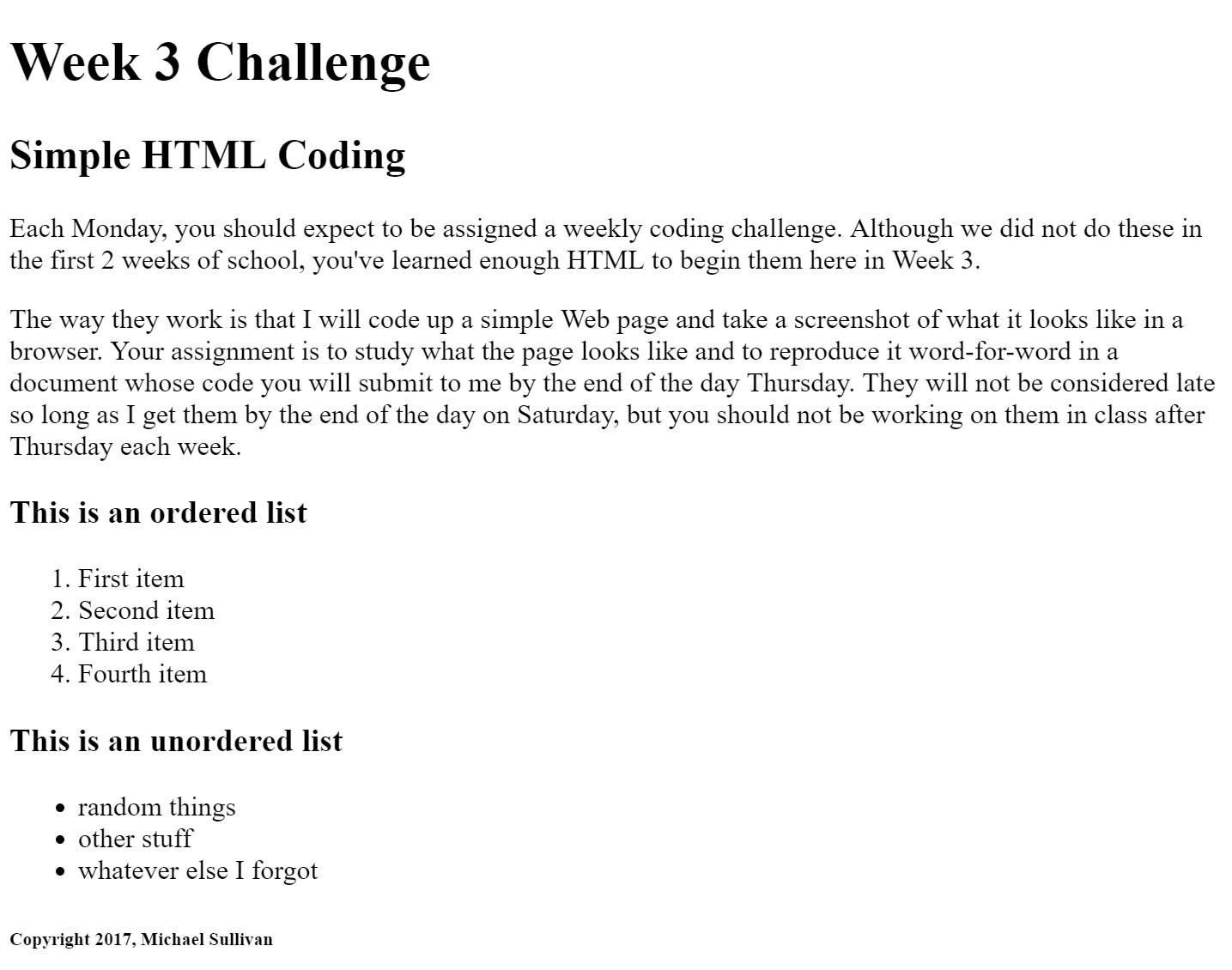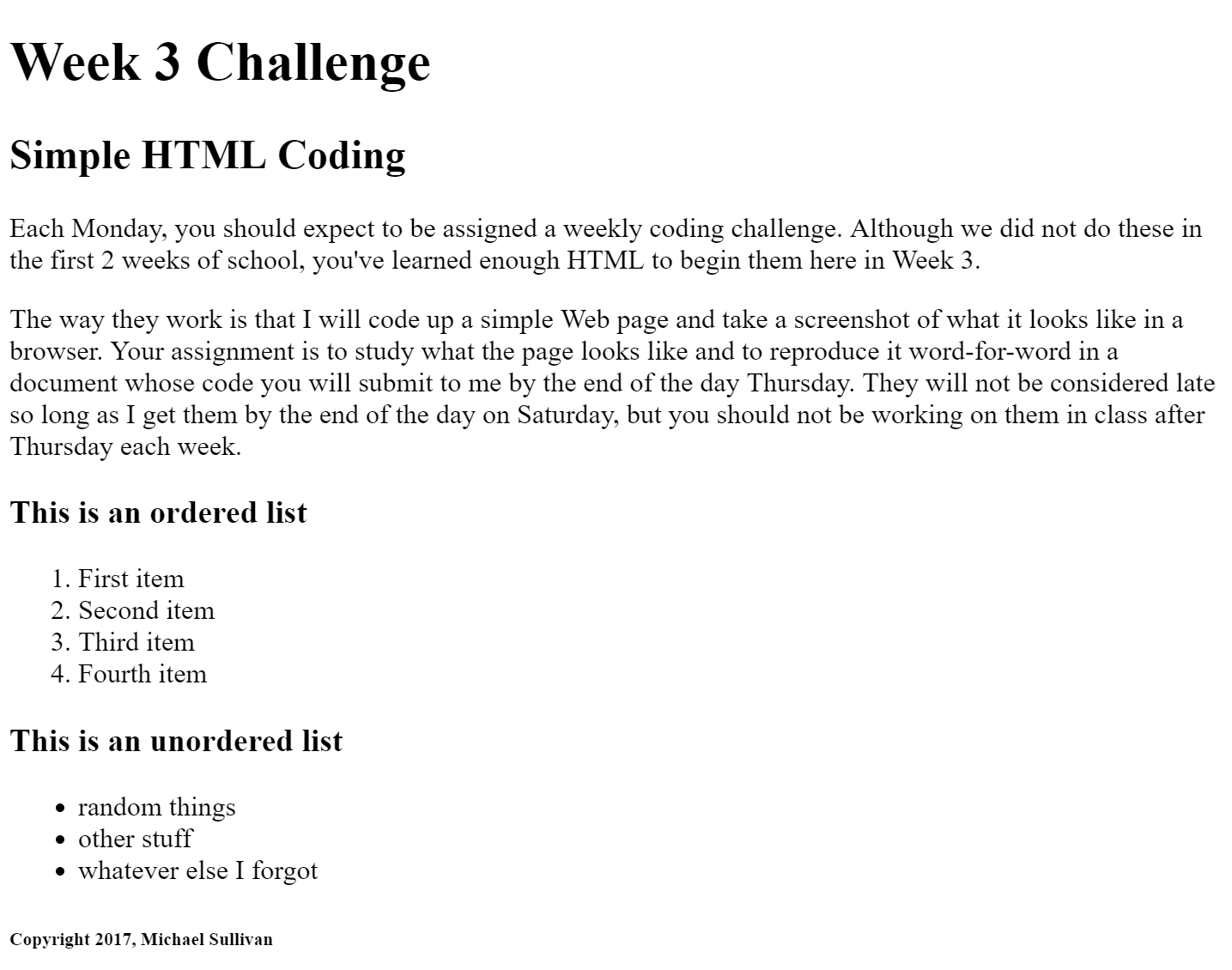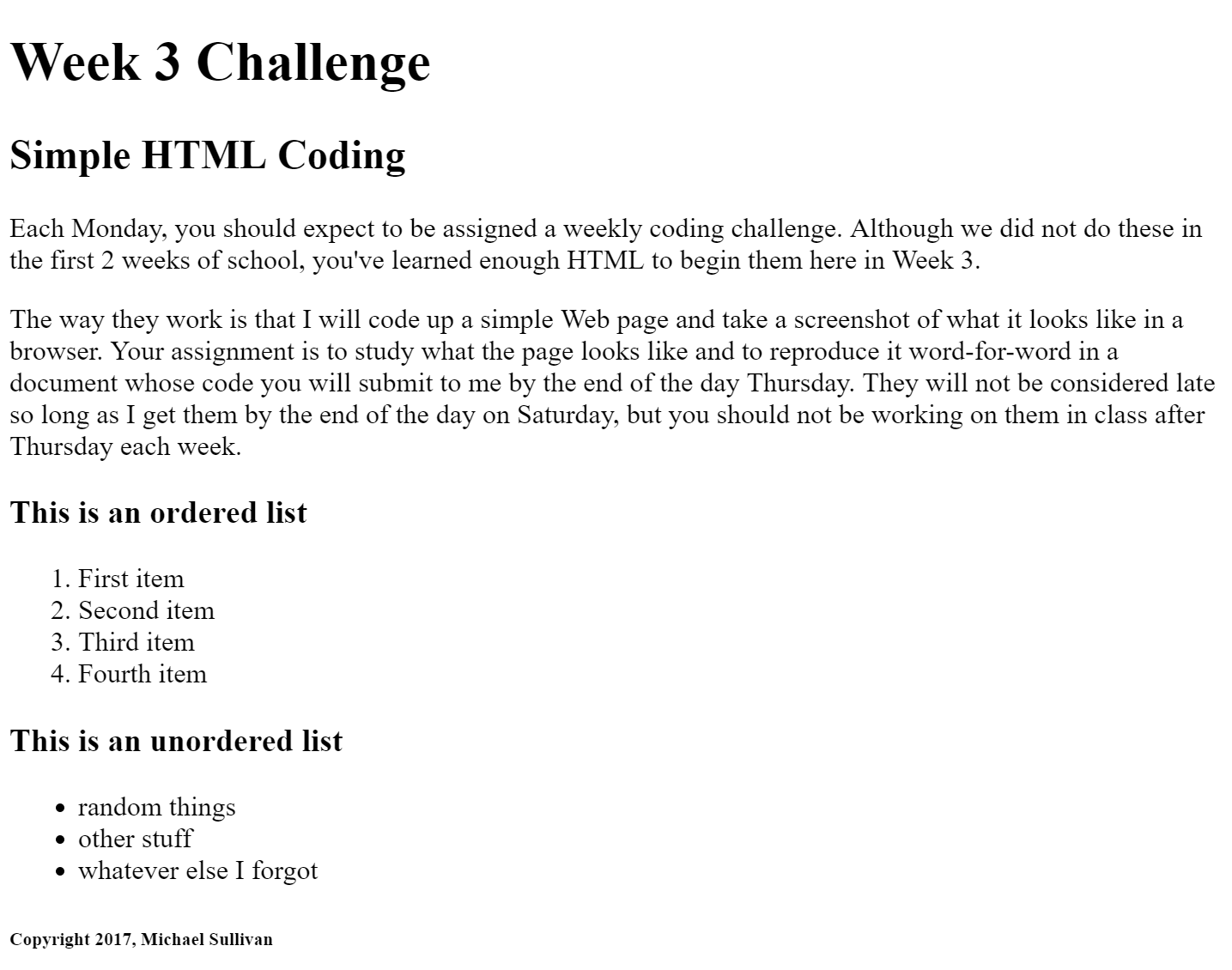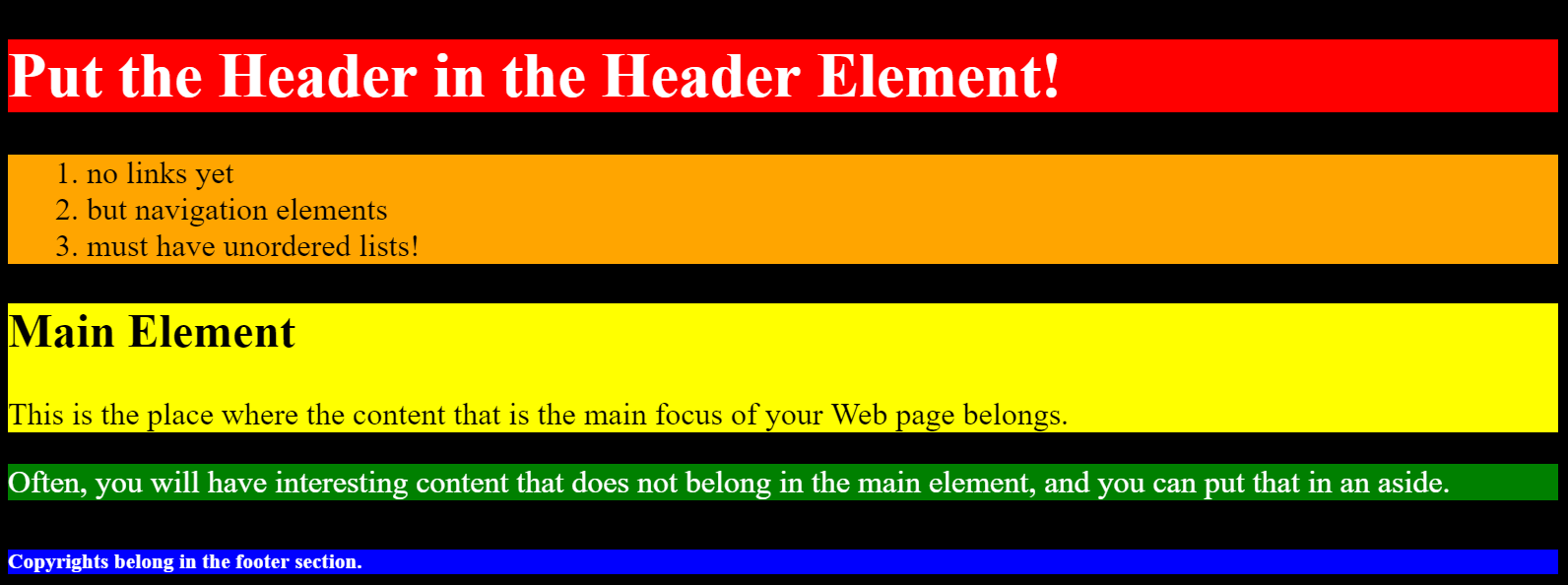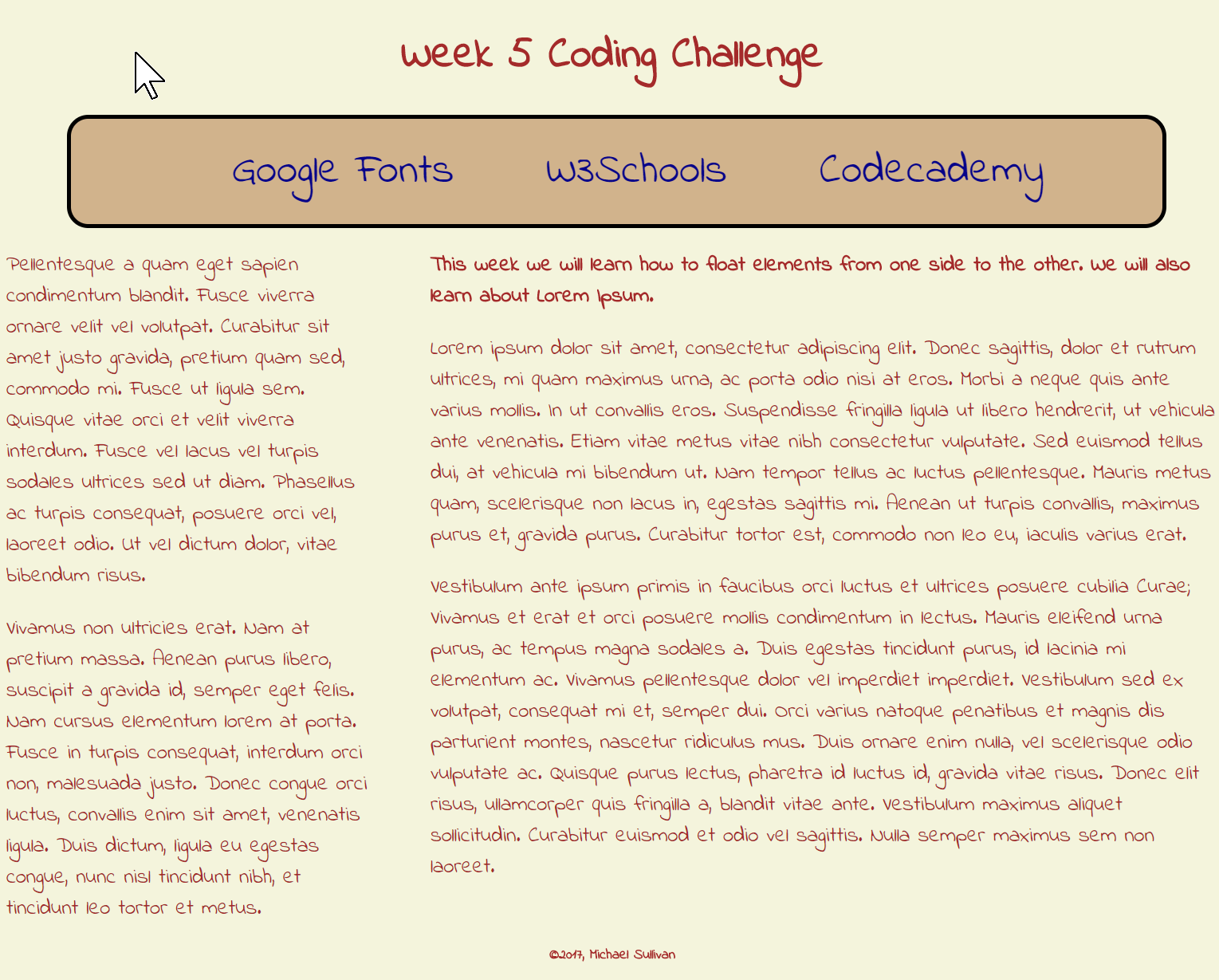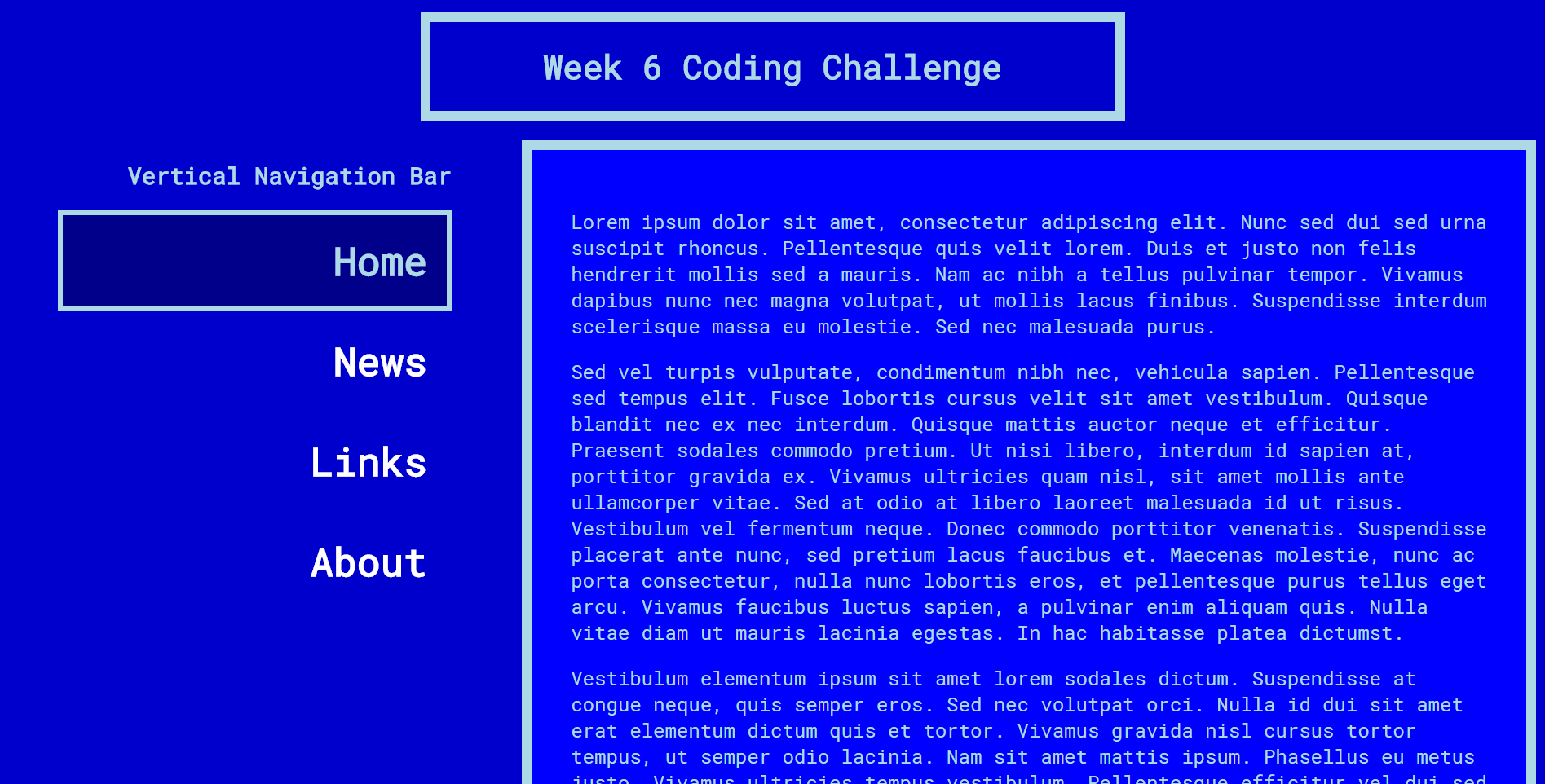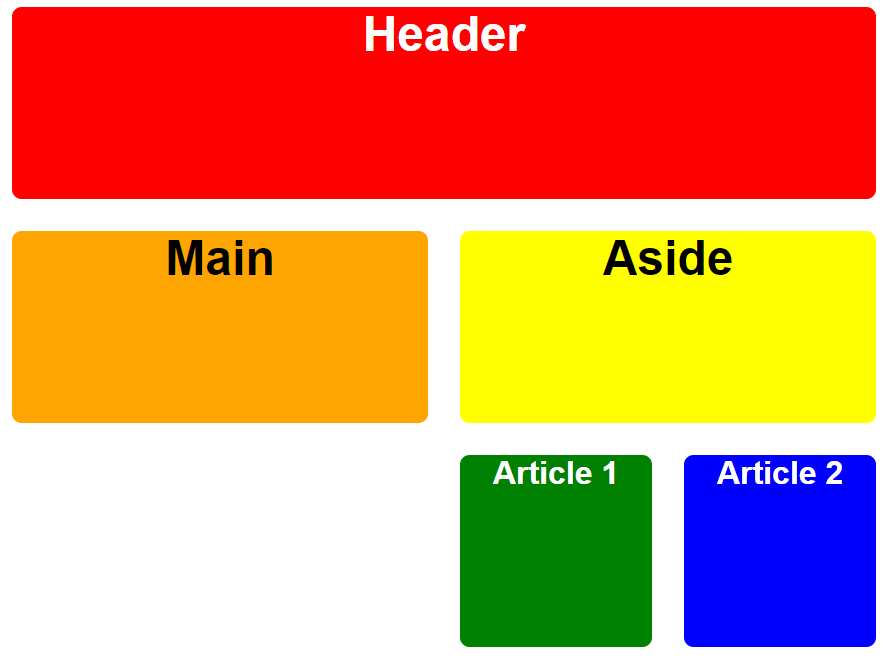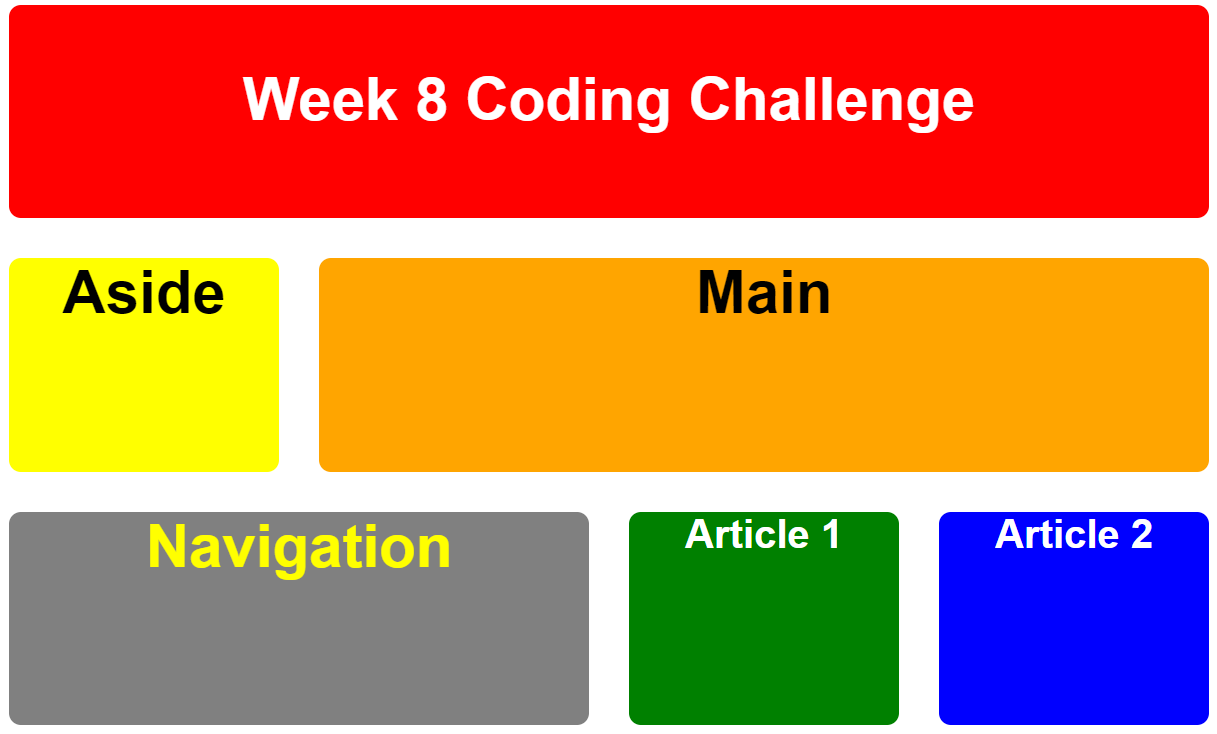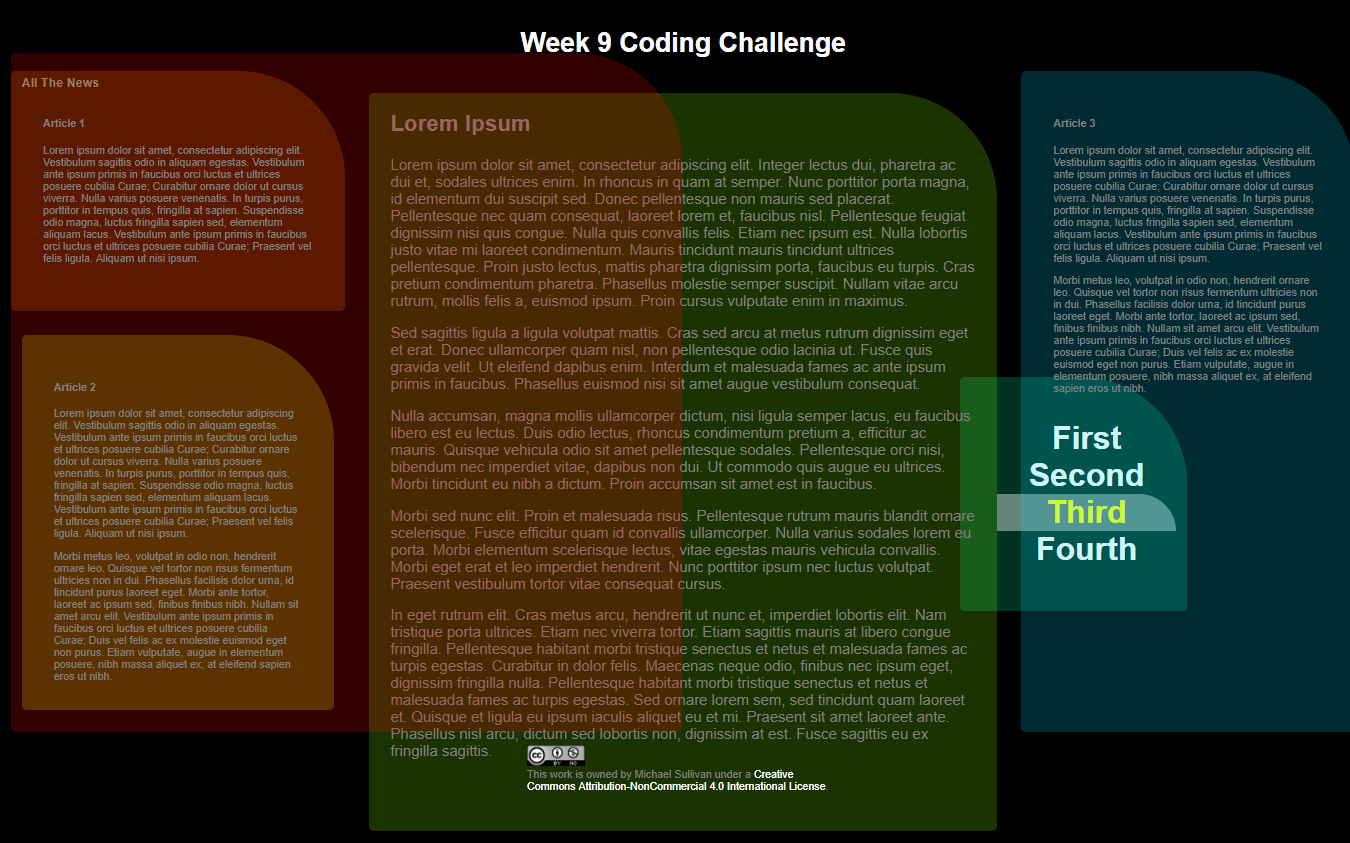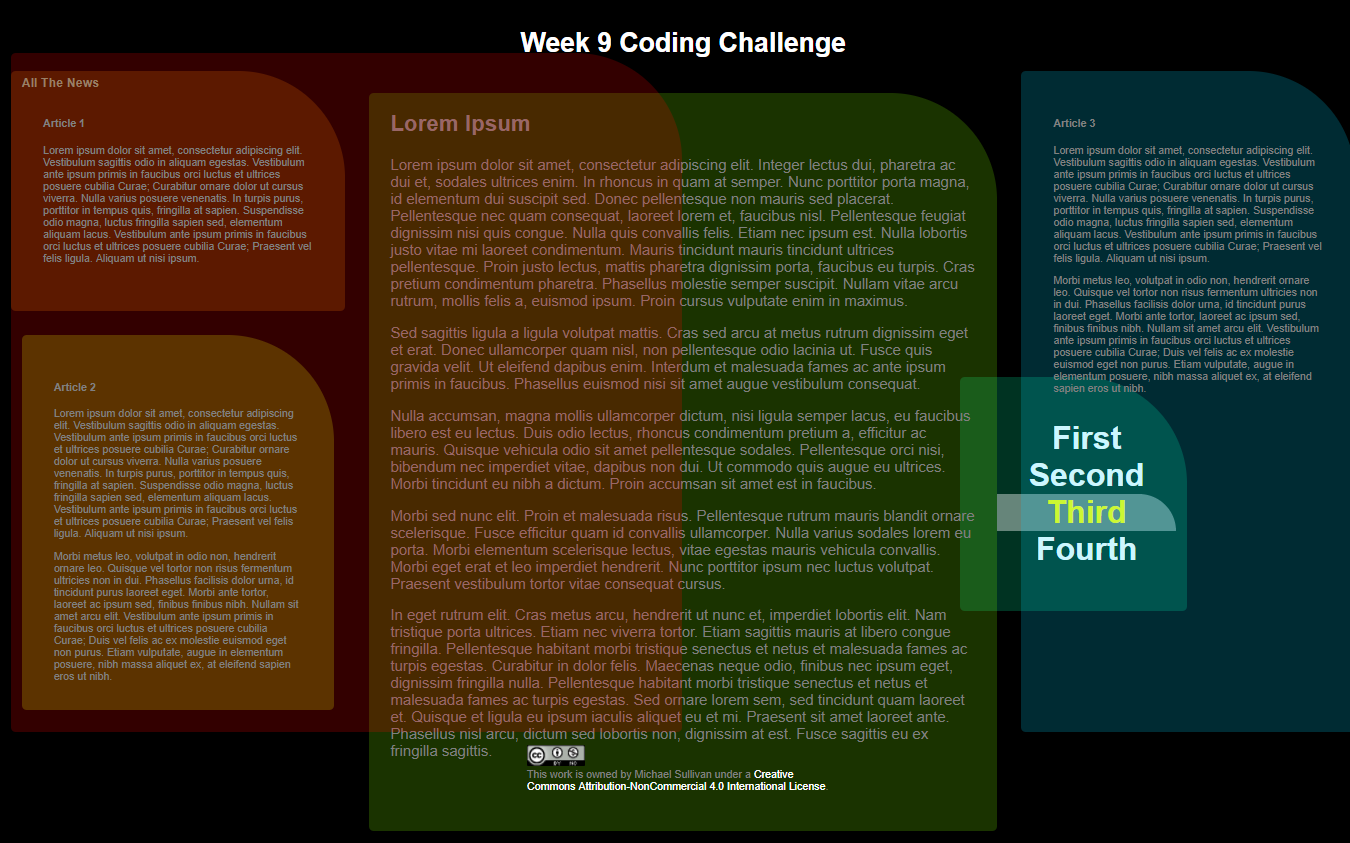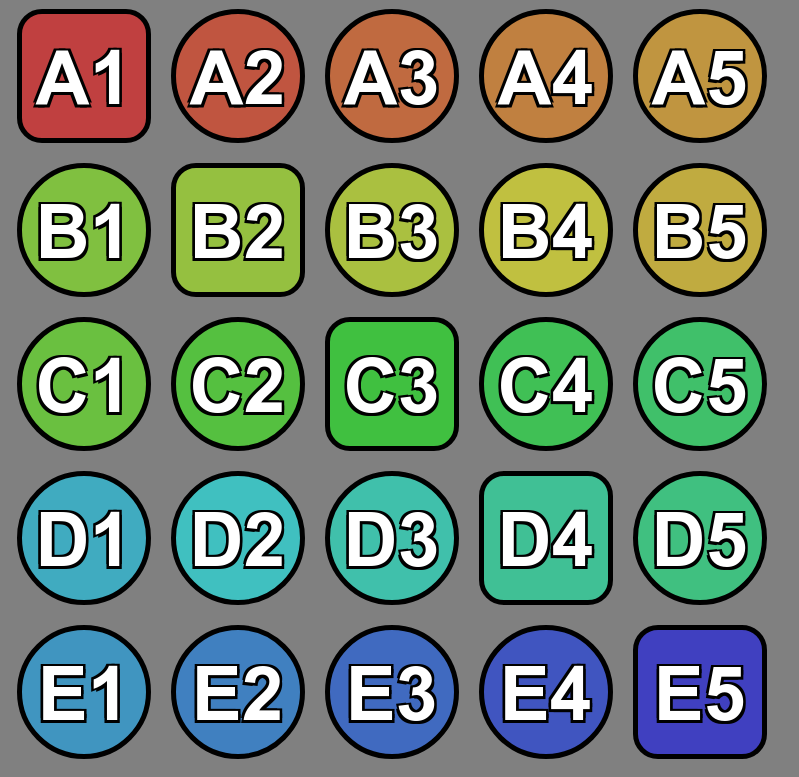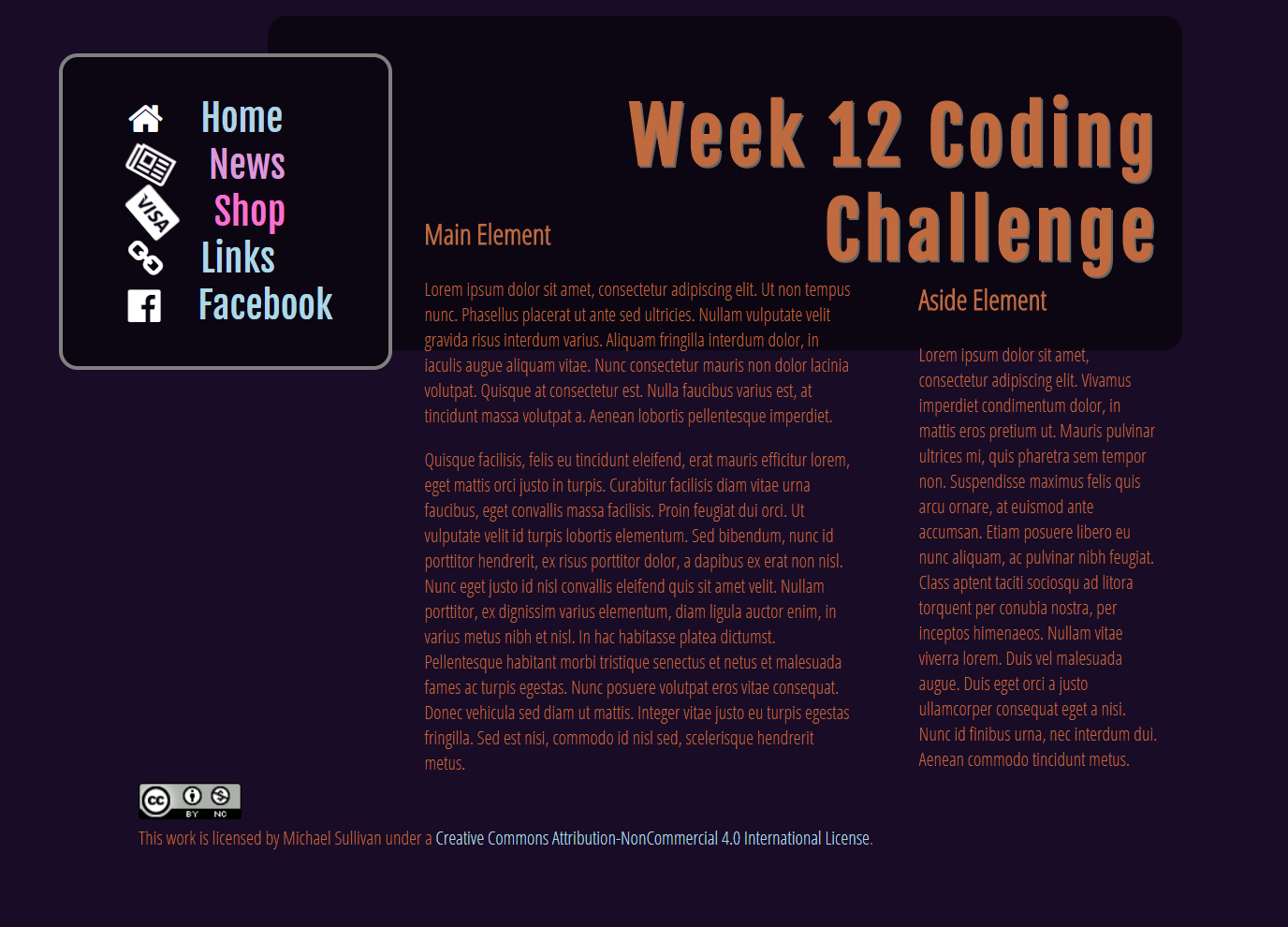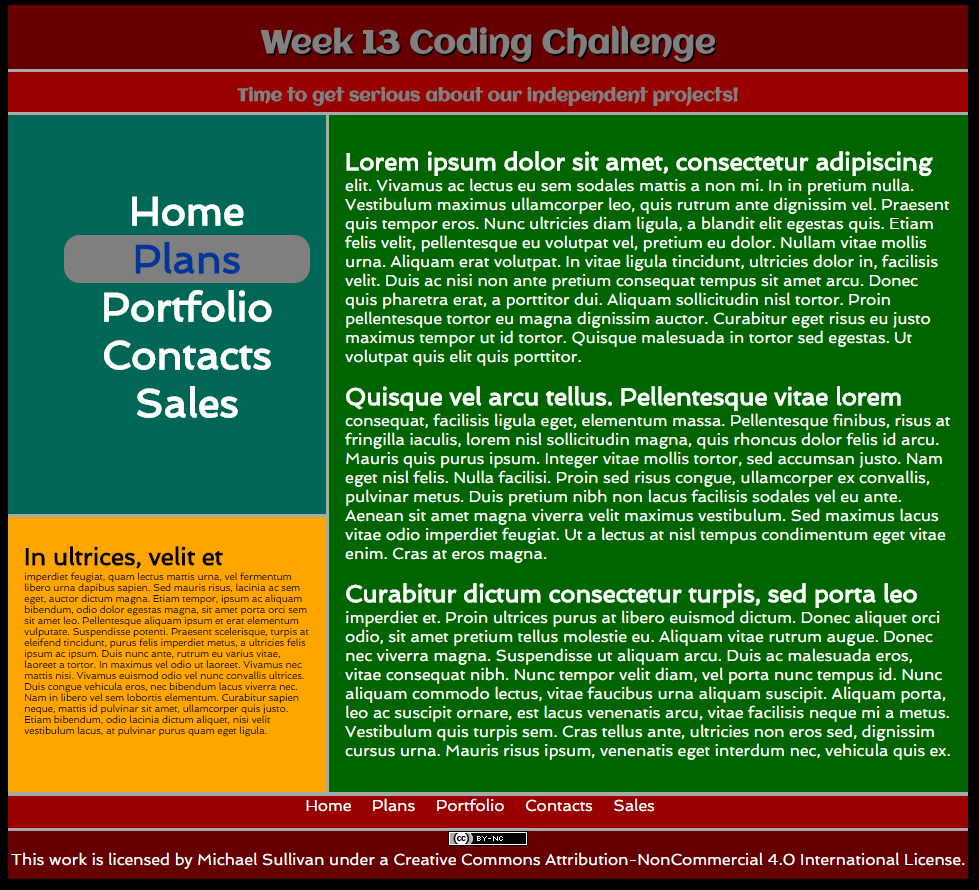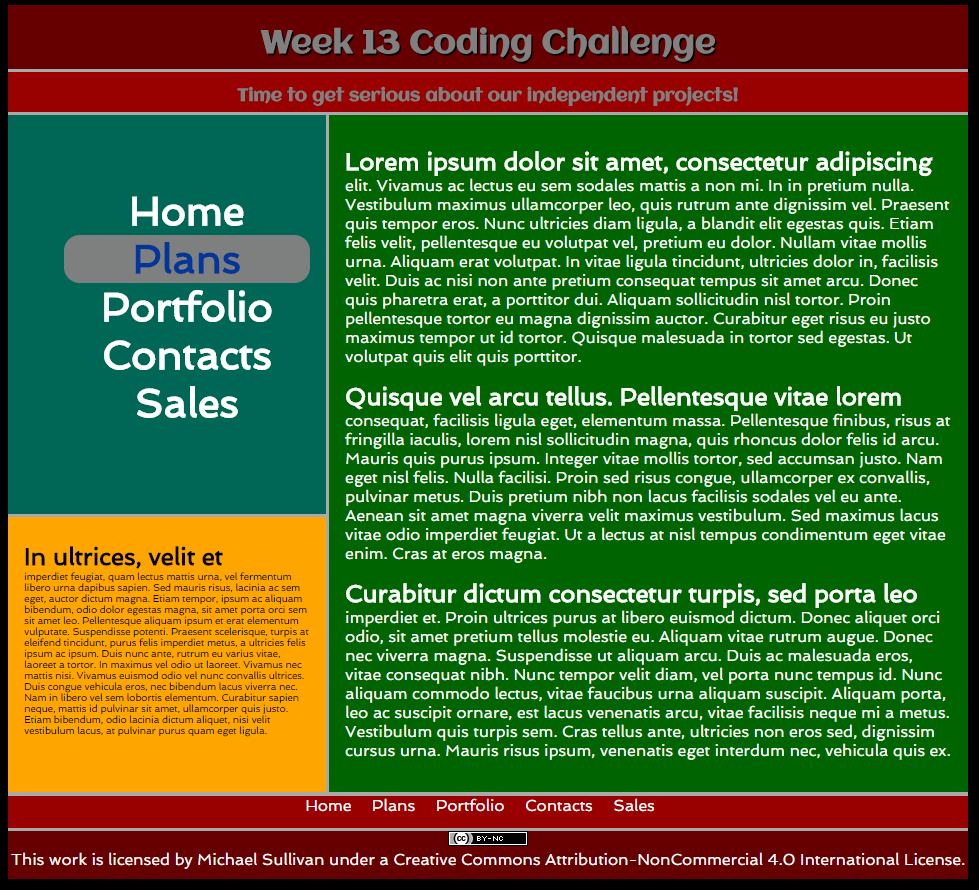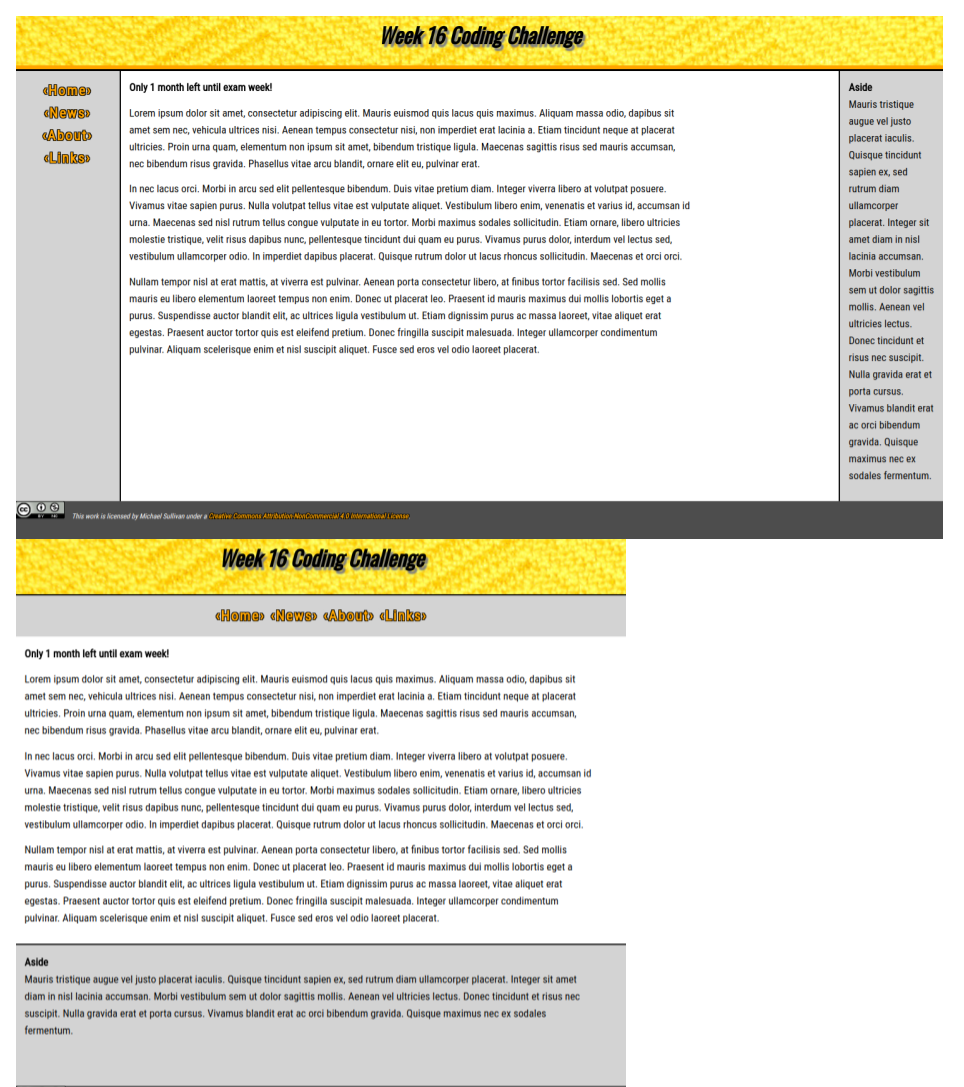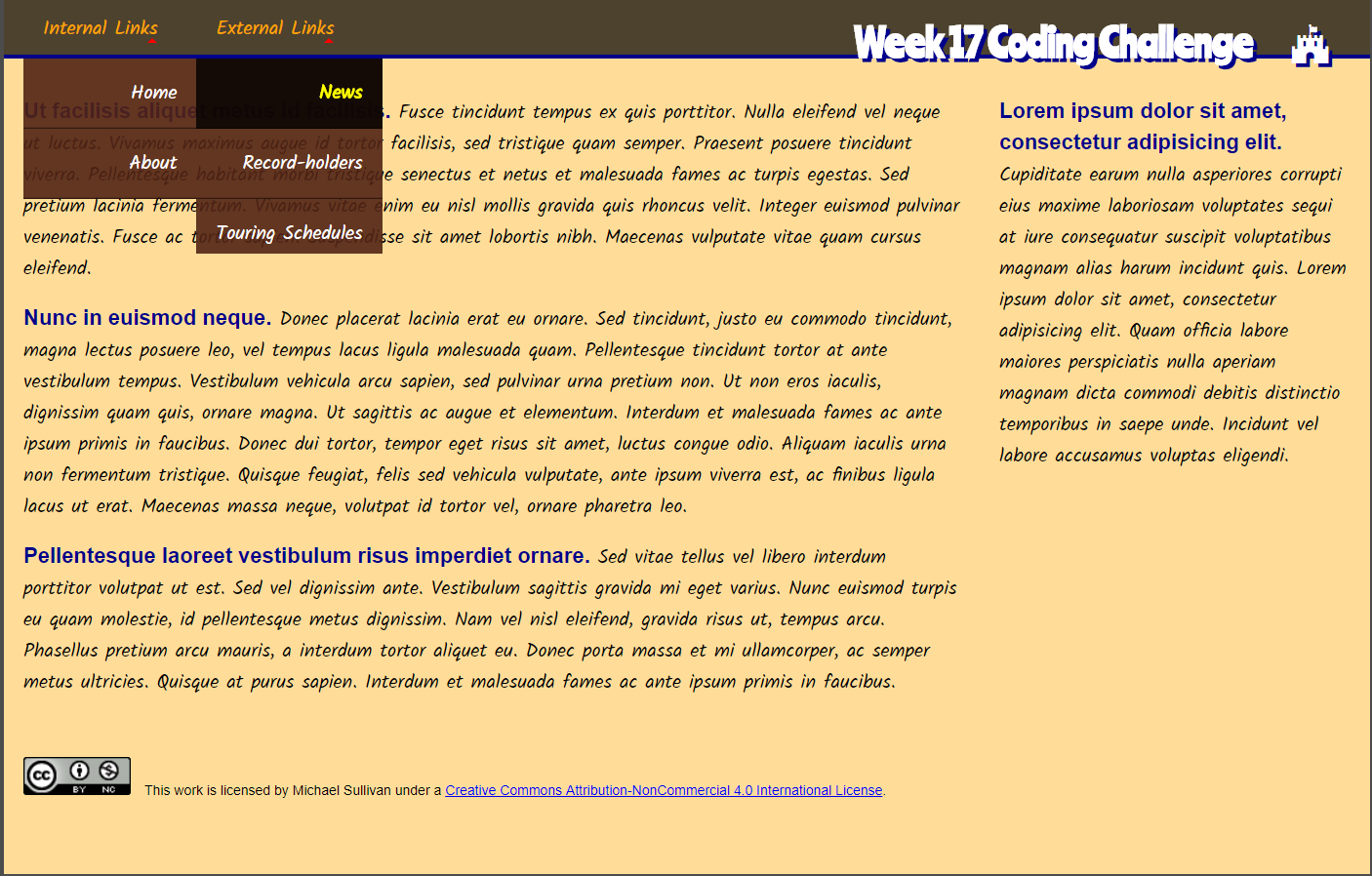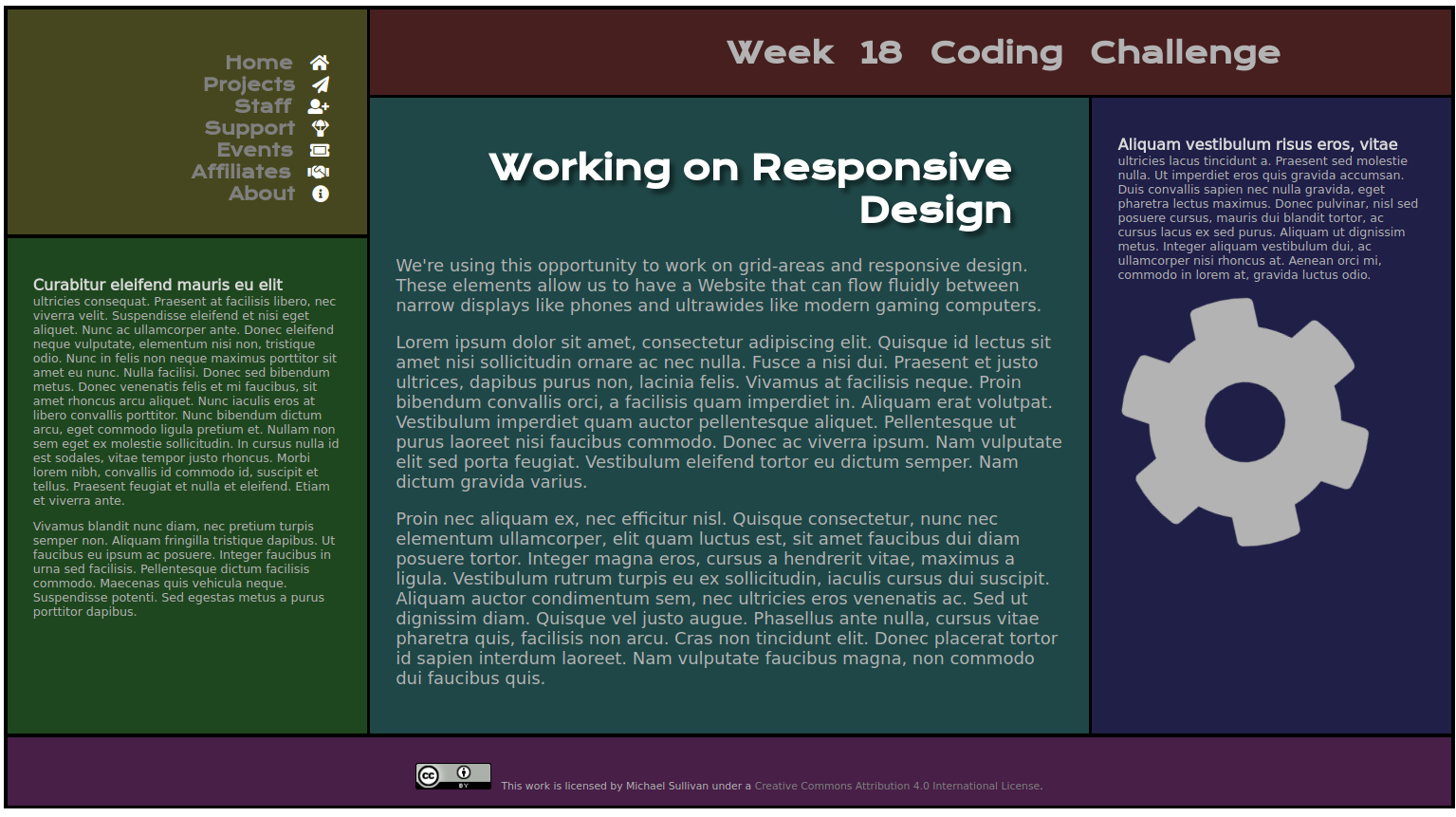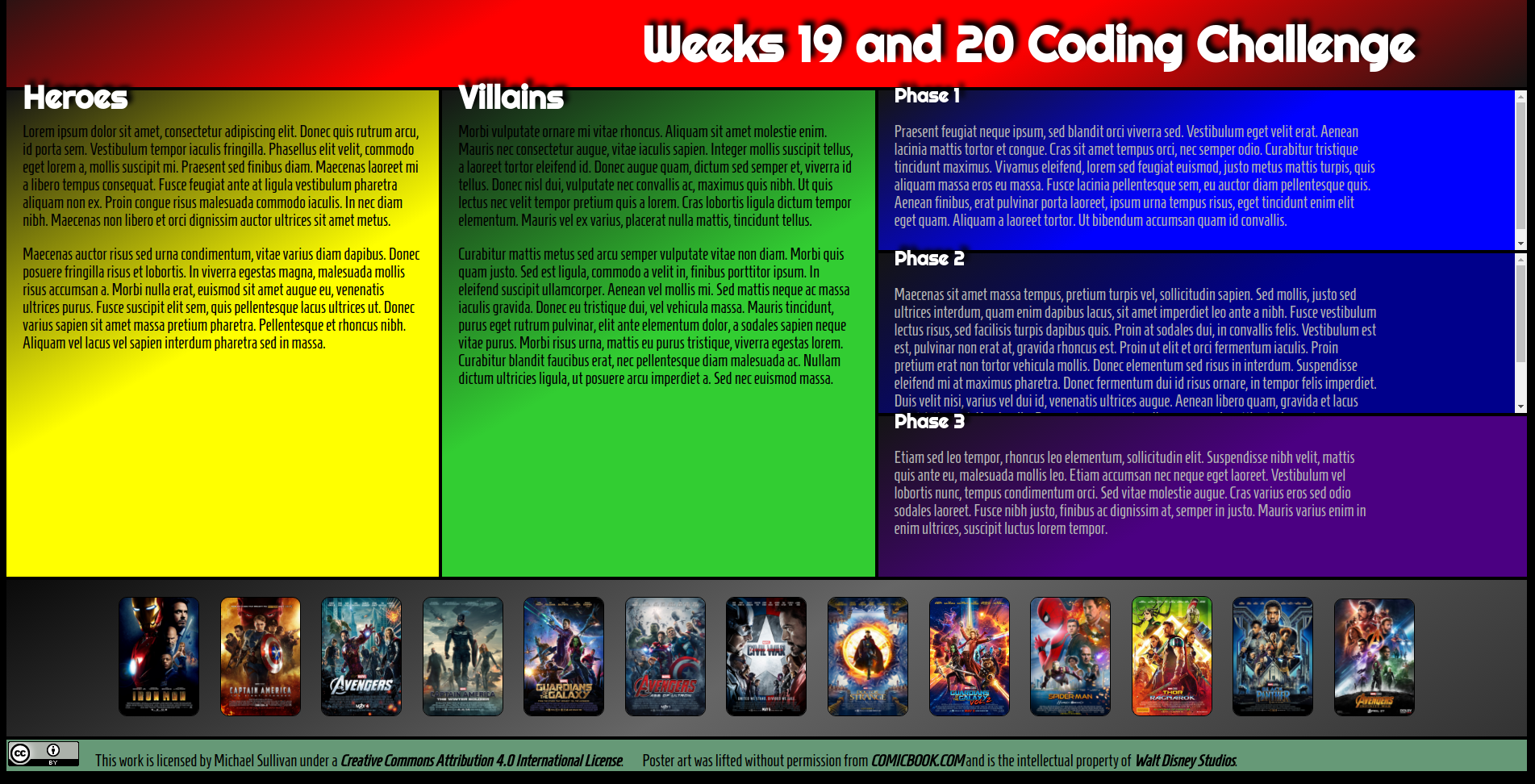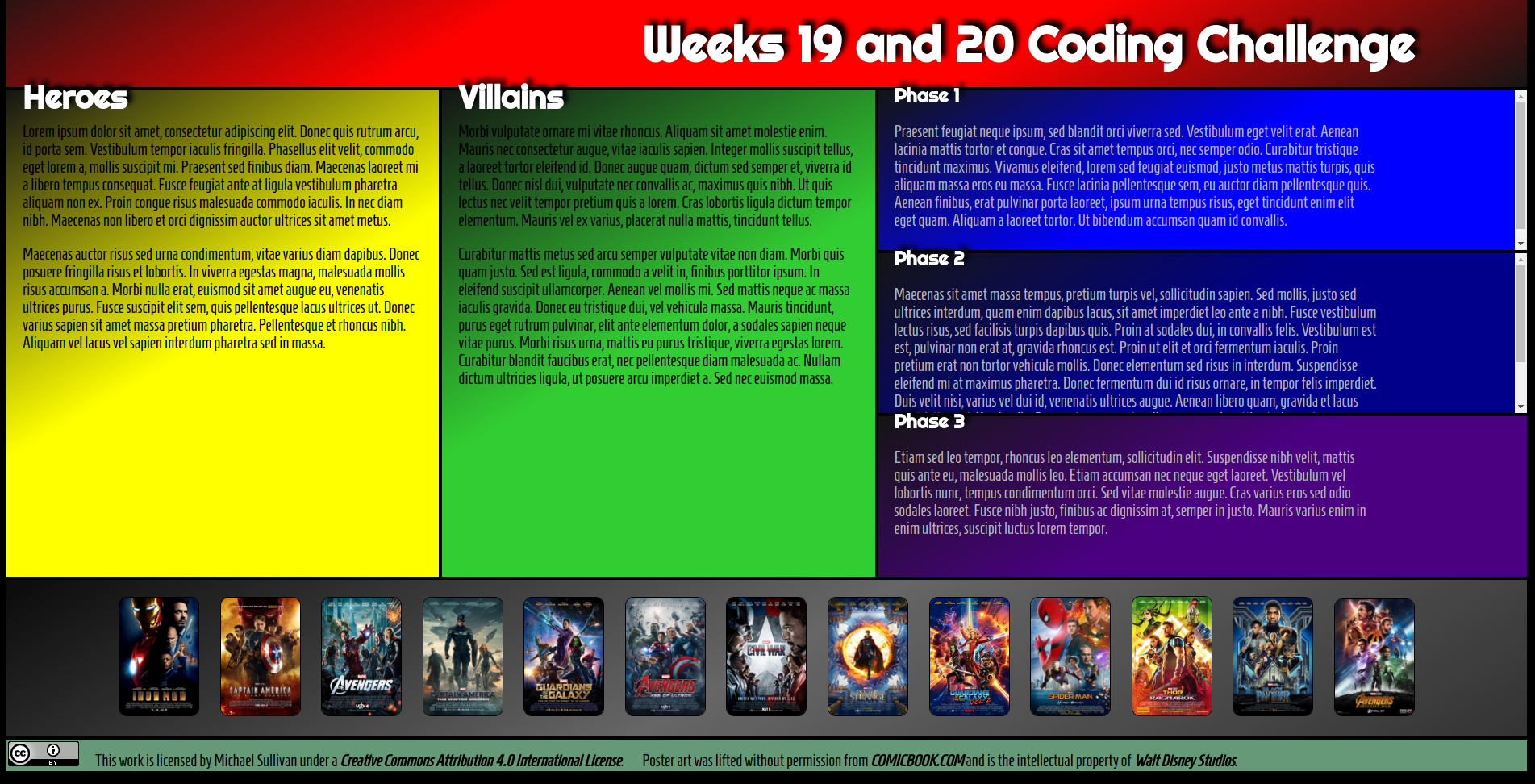Web design and development is a course that coaches you through the process of writing computer code that presents information (pictures, words, and even sounds) as Web pages when viewed through a Web browser such as Chrome or Firefox.
In this class, we're going to rely on Atom for our work. Atom works like Google Docs or Microsoft Word - it is a text editor. What makes it different from text editors you've used in the past is that Atom was made for computer programming and it has a lot of features that you'll find helpful in this class. In addition, it is 100% free, so you can download it on your personal device and work on your code wherever you have access to a computer.
After you install Atom, each day we're going to add an extension or two to further enhance our experience. Extensions - sometimes called packages or add-ons - are ways of customizing software with additional features. We're also going to adjust the theme of Atom to better fit our usage. If you are already comfortable playing around with extensions, feel free to choose whichever settings you'd like. I recommend, however, that you stick close to the settings I will recommend in this class, just to keep everyone on the same page, so to speak.
The first thing we need to do once we launch Atom is map Atom to your Google Drive account here at the school. All of your work needs to be saved to your Google Drive. That way, I know where all your code is and I can help you with your code even when I'm not physically sitting at your computer.
After we've aligned Google Drive and Atom on your computer, we're going to create a document and title it index.html. That file name is a global standard for Web sites, and it identifies the file that represents the home page of the site. Each site will have one file named index.html and that file will act as a central hub for every other document you write in this class.
In your other classes, you have been taught that it is wrong to copy text without proper citation. Coding is a bit different. Most of the code you will encounter is "open source," meaning that it is free for you to use and adapt as you need to. I expect your content to be original, but your code can be built from a combination of snippets you've copied from around the Web. That's the way professional coders learn how to code and it is also how they produce code that is beyond their ability to master. I expect you to use other people's code as a way of pushing beyond your own limitations and learning new ways of doing things. Most of the things I ask you to do in this class are things that I have specifically coached you on how to do, but there will be an increasing amount of code I will expect you to figure out on your own - that's the magic of coding. No one textbook will make you a competent coder. Competence in coding comes from spending a lot of time experimenting with code and developing a workflow that is effective for you.
I will, however, be demanding when it comes to professional coding practices. Stuff like layout, syntax, and strategy matter in the long run. You can get by on small projects without them, but that would be establishing bad habits, something I am strongly against! So be prepared to have your work kicked back if it does not reflect the coding standards of the class. There will be many instances where the code you turn in to me will be superior to professional code you find online. Those are the jobs that will be yours for the taking because you will be better than those developers.
